The use of recycled materials is an issue for manufacturers of a wide range of products, and not just in the context of the need to reduce CO2 emissions. Replacing virgin material with recycled material wherever possible and, above all, wherever it makes sense, is the declared aim, which is also being pursued by an increasing number of processors due to the standards and specifications that have been set. Unfortunately, it is not as simple as it may sound to the layman. Manufacturers of plastic goods face various challenges, which we would like to briefly discuss here. And also, what solutions might look like.
Quality and consistency
Virgin materials do not have these problems, but unfortunately recycled materials do. They come from different sources and have undergone different processing methods. This can lead to difficulties in the manufacture of consistent products and is critical for the quality assurance of producers.
Contamination and impurities
Returned materials may contain impurities that have not been completely removed during the collection and recycling process. These impurities can affect the mechanical properties of plastic products and make processing more difficult.
Material properties and availability
The properties of recycled materials can sometimes differ greatly from those of virgin materials. This in turn can have an impact on the mechanical, thermal and chemical properties of the plastic products and affect their performance. In addition, the procurement of recycled materials can be relatively expensive due to the collection, sorting and processing required and, depending on the case, the availability of high-quality materials may be unclear.
And yet, in addition to these challenges, there are also clear opportunities. Replacing virgin material with recycled material also means several advantages, which can be seen in the increased demand, among other things.
Resource efficiency, waste prevention and circular economy
By using recycled materials, companies can reduce the need for new virgin resources and thus contribute to the conservation of natural resources. The use of recycled materials supports the idea of the circular economy by reducing waste and integrating reusable materials into the production process.
Cost savings and environmental benefits
In some cases, recycled materials can be more cost-effective overall than virgin materials, especially if they are locally available and the cost of sourcing and processing is lower. The use of recycled materials can lead to a reduction in environmental impact, as less energy and resources are required to produce new materials. At the same time, the amount of plastic waste can be reduced as it is given a second life.
Customer requirements and image
Many consumers and companies value sustainable and environmentally friendly products. The use of recycled materials can therefore help to increase customer satisfaction and improve a company's image. Companies can respond to demand by offering recycled materials and not miss out on the trend towards greater sustainability.
Overall, the use of recycled materials in the plastics sector offers several advantages that consider both ecological and economic aspects and can contribute to the creation of a more sustainable and environmentally friendly industry.
How to overcome these hurdles?
There are various starting points for overcoming the challenges described above. On the one hand, it is worth analysing your own raw materials portfolio as well as the internal possibilities for reusing production waste and the like. This is often already standard practice in most companies today, as it achieves an immediate economic effect.
Furthermore, there is a positive effect if several materials are qualified for a part to be manufactured in order to protect against the sometimes poor availability, as far as this is possible. Of course, customer requirements always play a decisive role here. However, they are naturally also interested in maintaining delivery capability. This can mean, for example, making an ABS product fit for use with an rPET.
In addition, additives and processing aids can be a game changer, such as the flow-improvers from Polytives. These also make it possible to replace ABS with rPET for rather thin-walled or more complex parts, as described above, to name just one example. Inhomogeneous qualities of recycled materials can be matched or plastics that are difficult to process because they are too tough can be made processable. This removes a major obstacle to the goal of replacing virgin material with recycled material.
Get in touch with us if you would like to exchange ideas and give it a try, we would be happy to help!
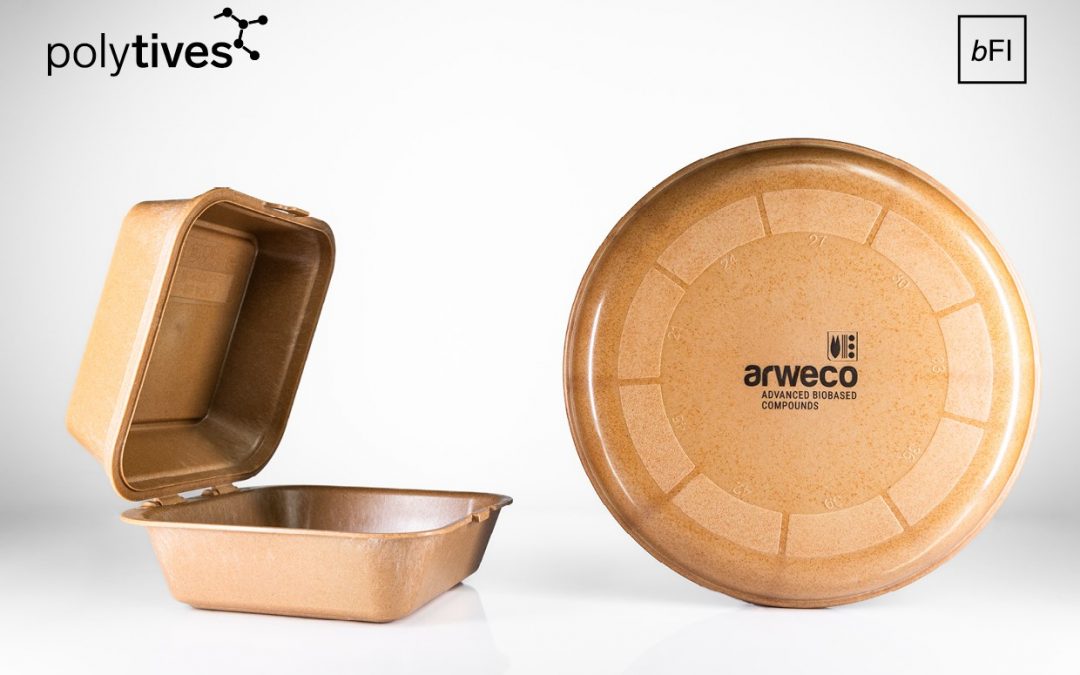
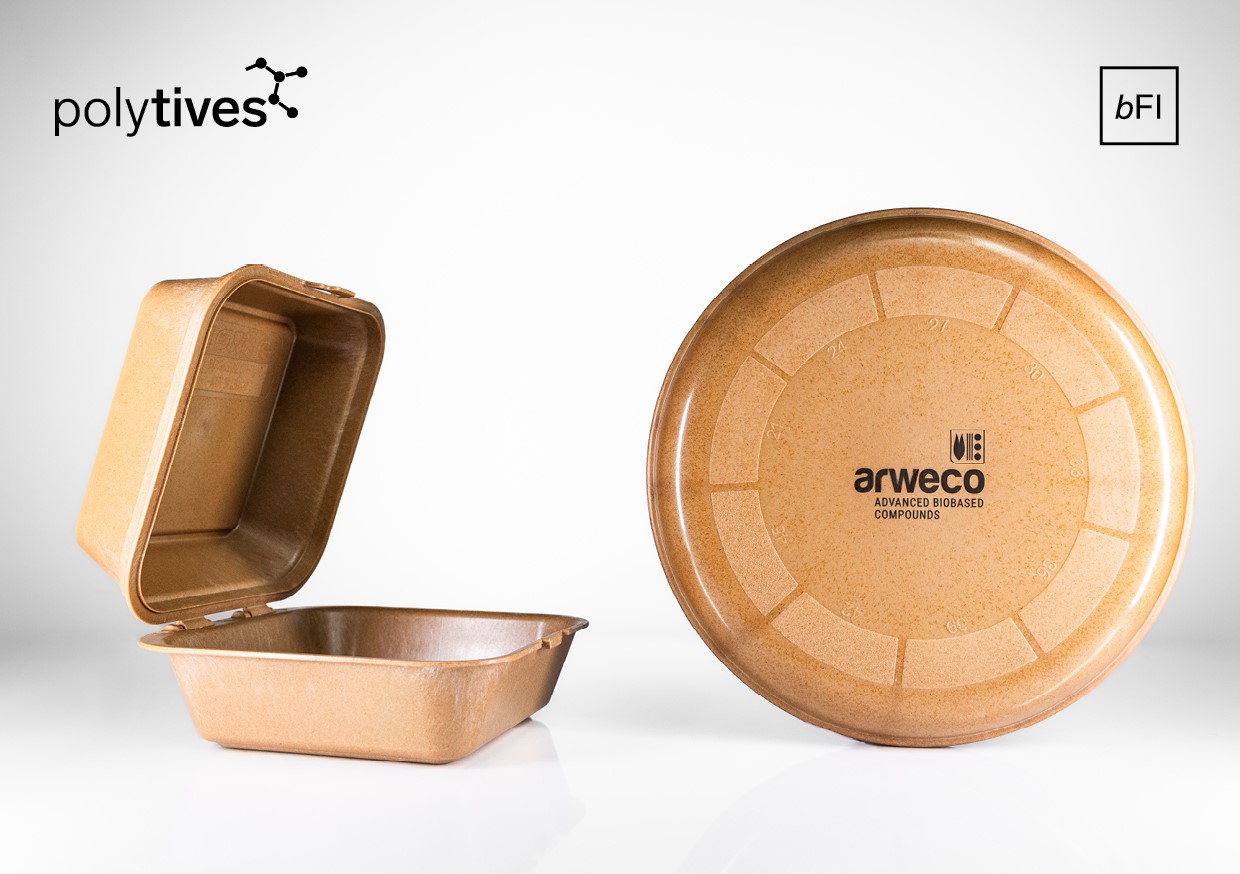
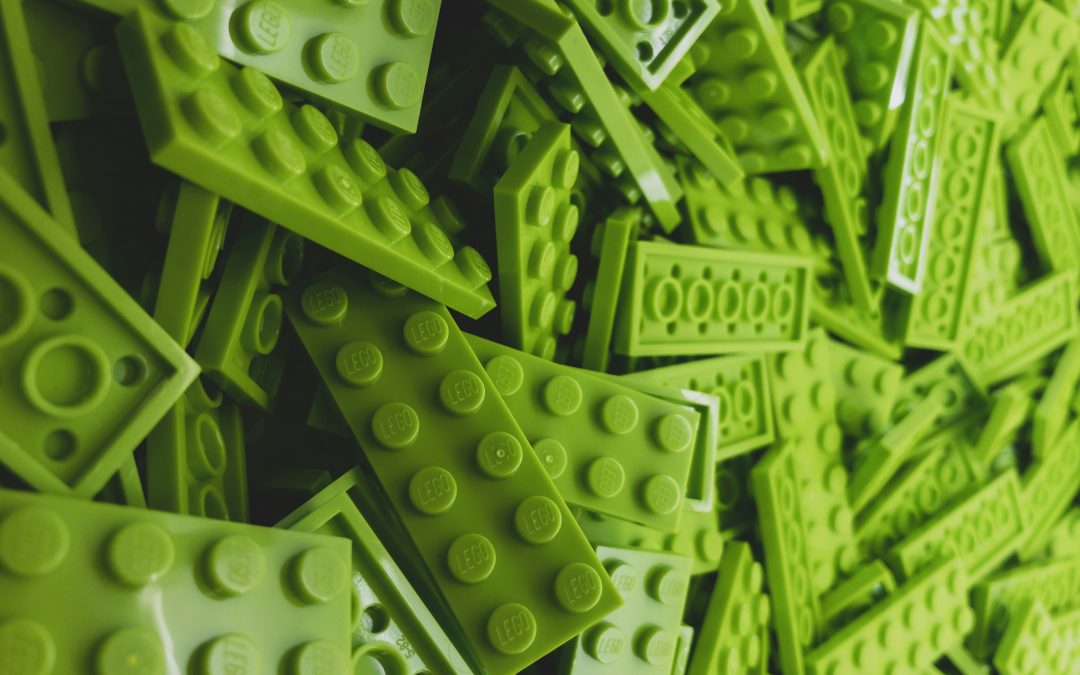
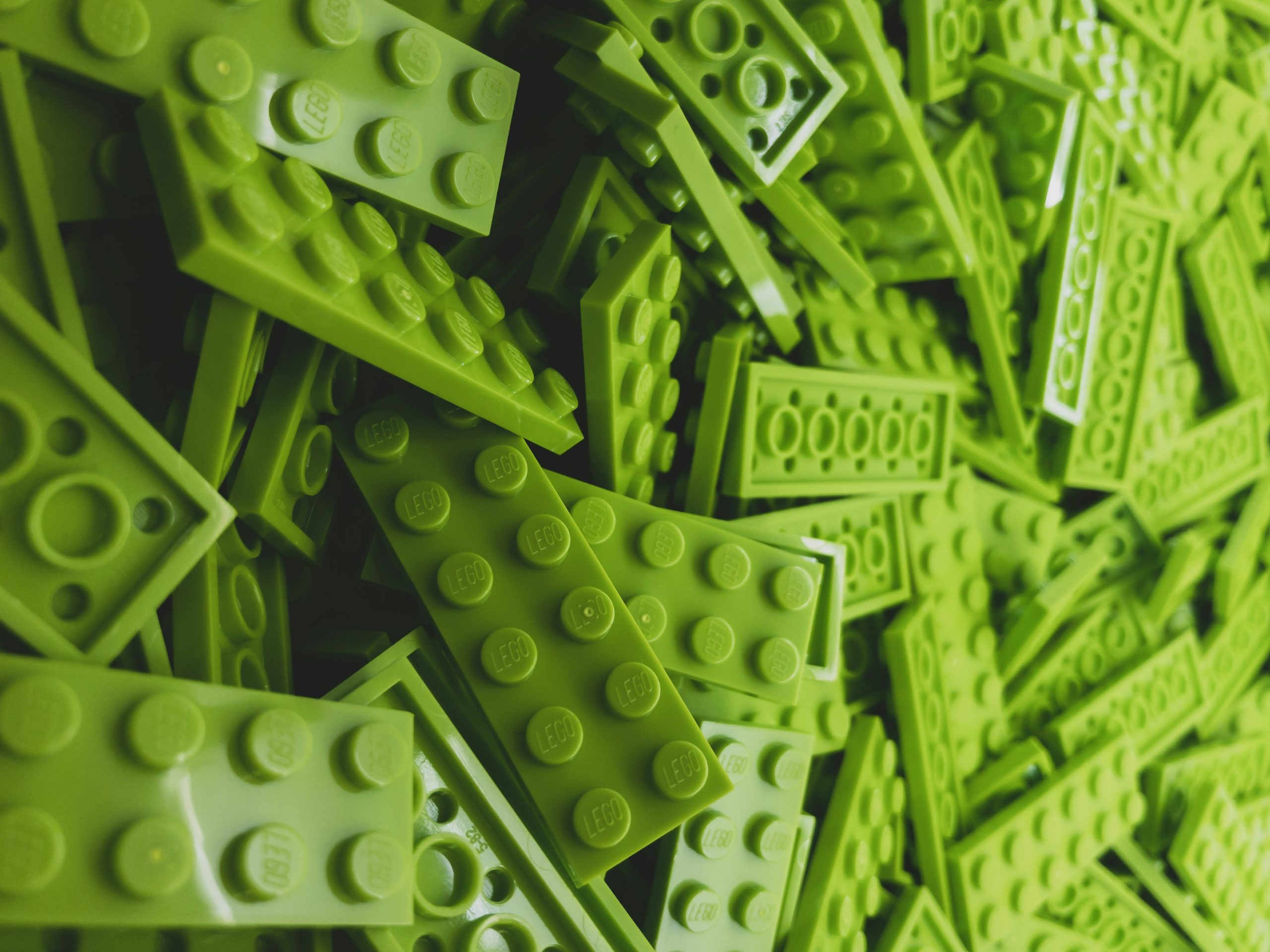


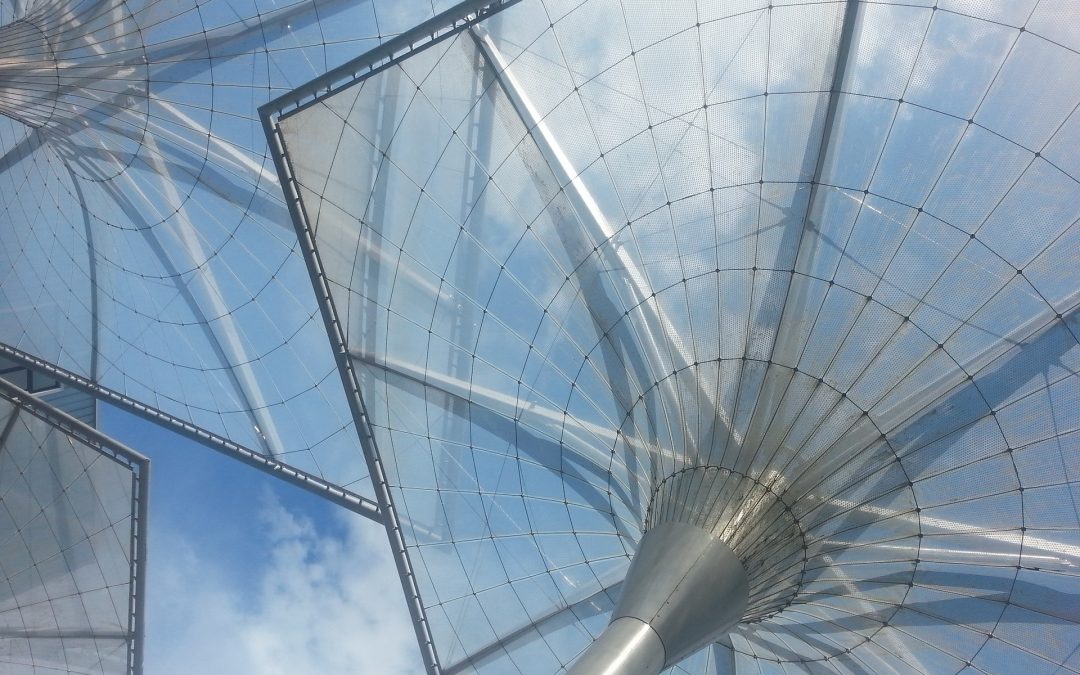
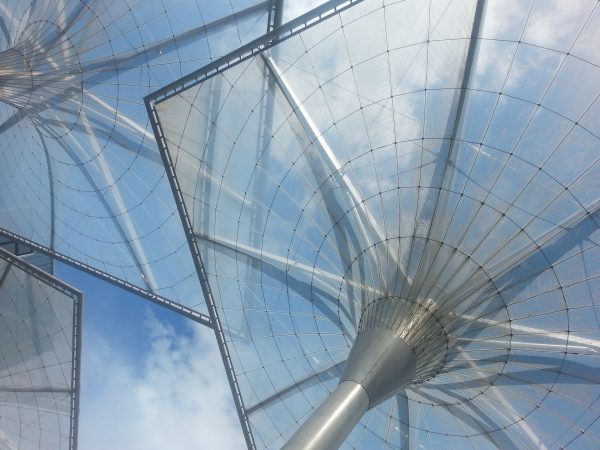
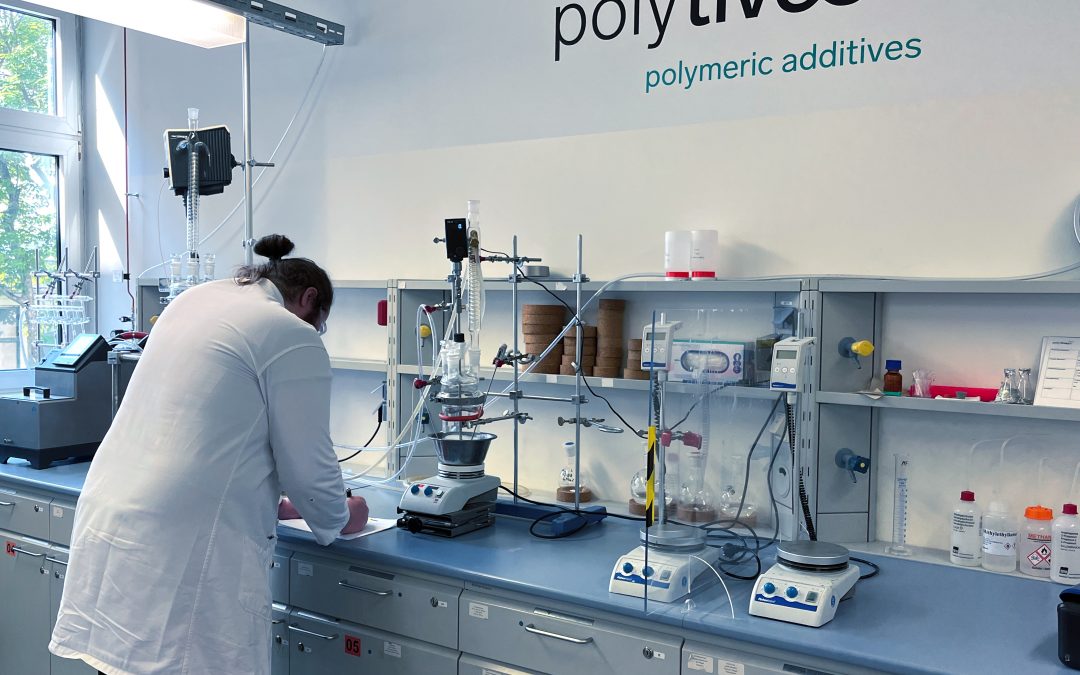
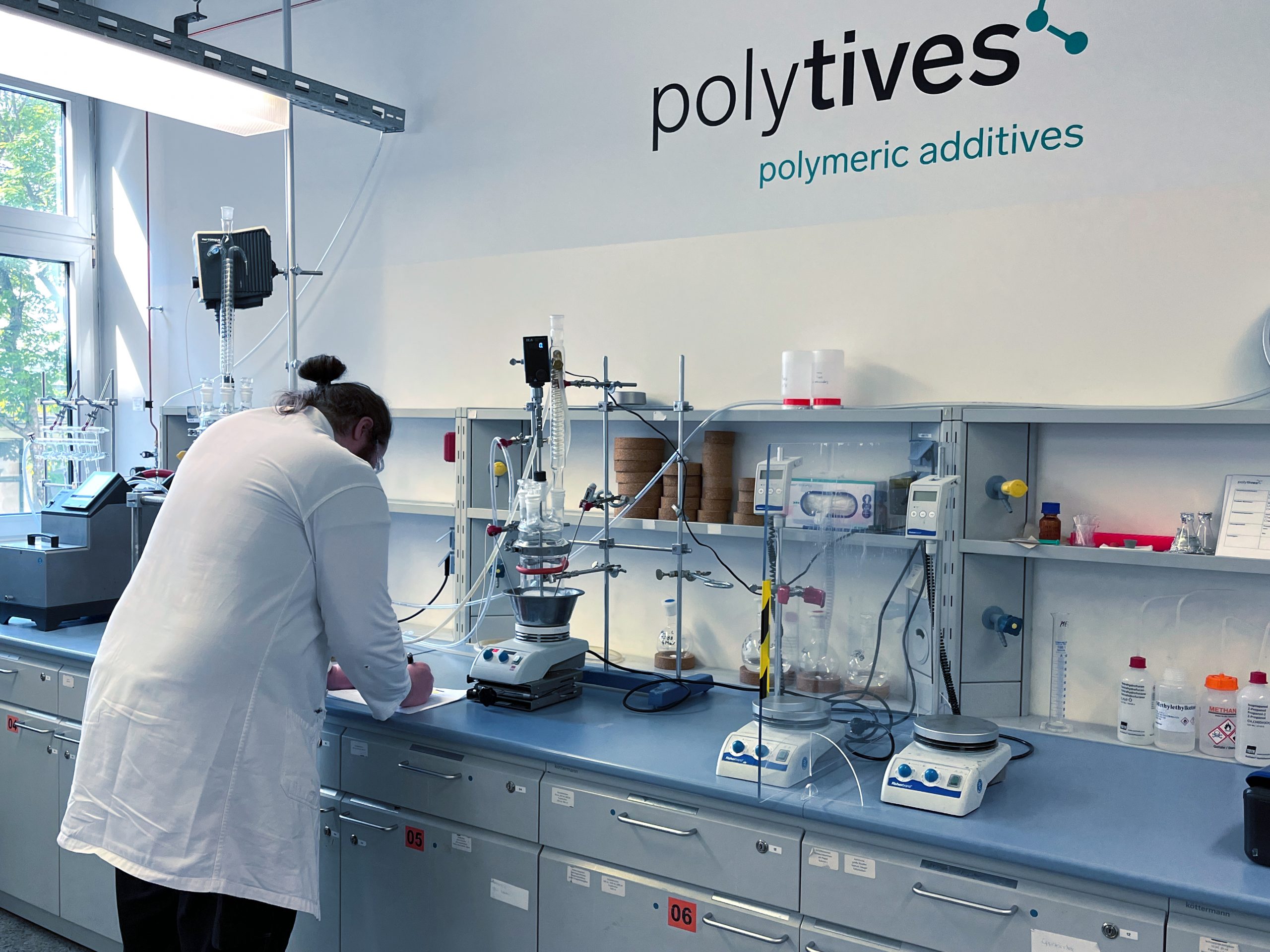
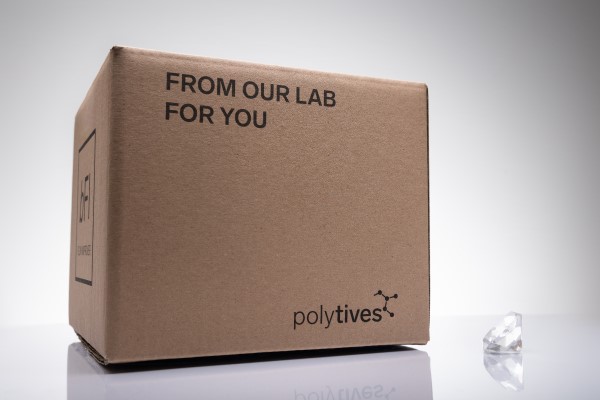
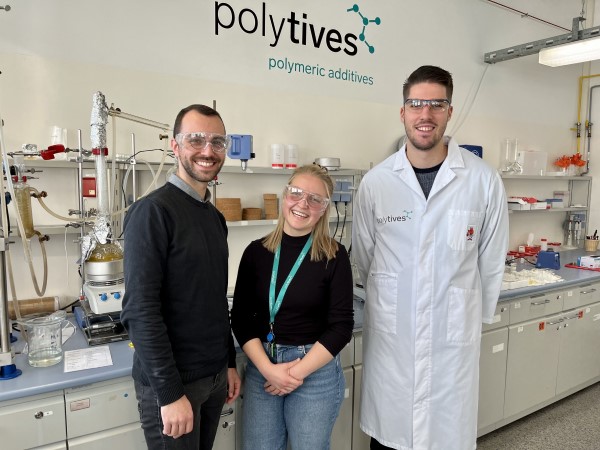
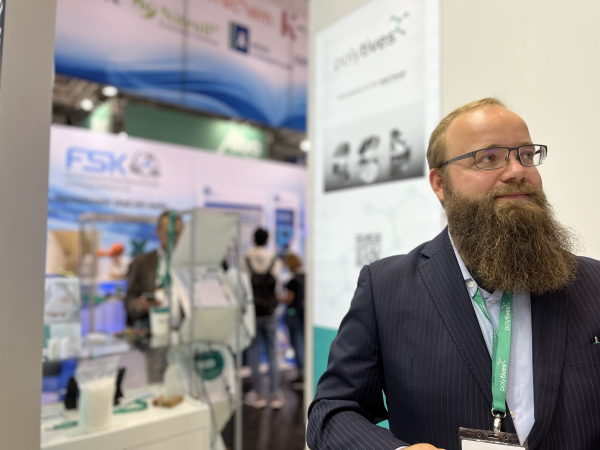
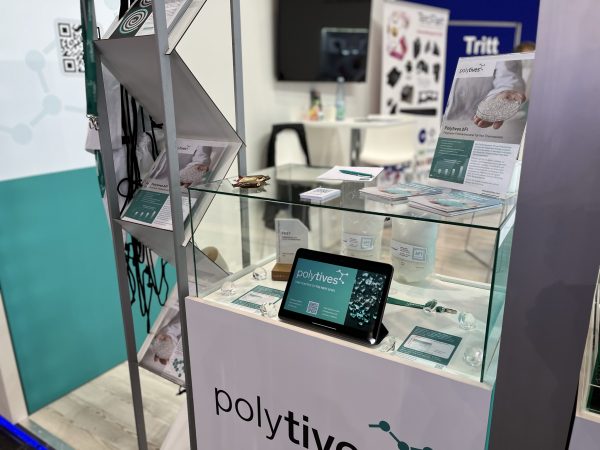
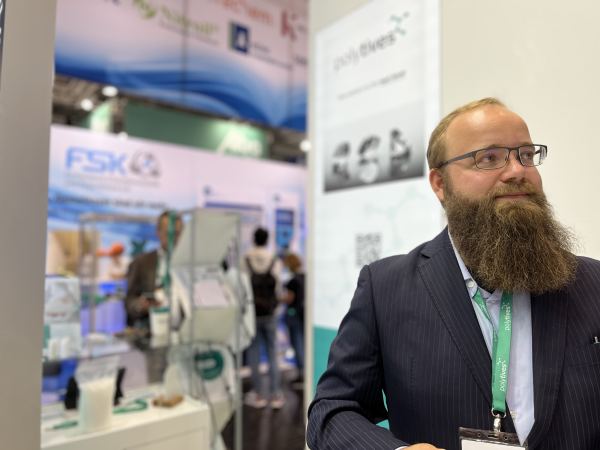

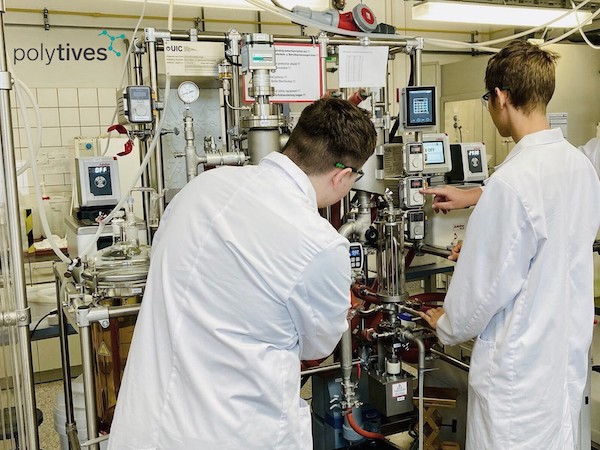
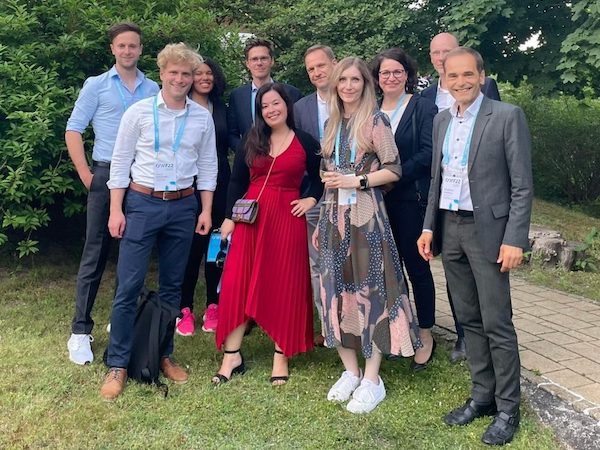
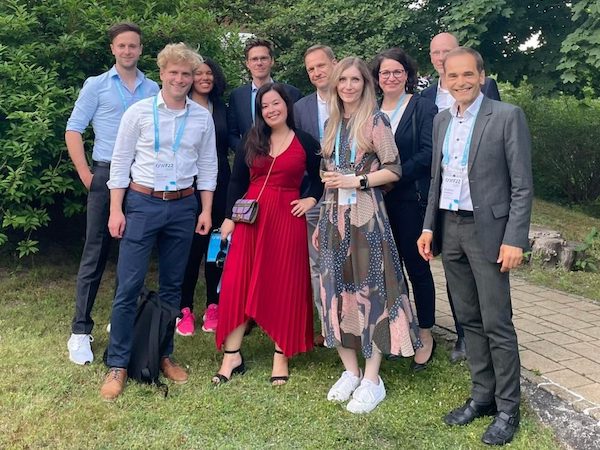

Recent Comments